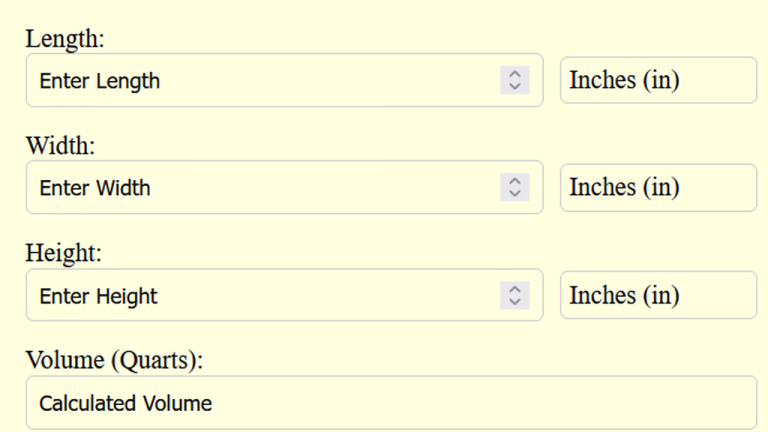Lashing Capacity Calculator
To calculate Lashing Capacity (LC), multiply the Lashing Rating (LR) by 2. This formula ensures safe and effective securing of loads during transport or storage.
The Lashing Capacity Calculator is an essential tool for professionals in logistics, shipping, and construction industries. It helps determine the maximum load a lashing device can safely secure, ensuring compliance with safety standards and preventing accidents.
By simplifying the calculation process, this tool ensures accurate load management, enhancing efficiency and reliability in operations.
Formula
LC = LR ∗ 2
| Variable | Description | Unit |
|---|---|---|
| LC | Lashing Capacity | daN (Decanewtons) |
| LR | Lashing Rating | daN (Decanewtons) |
Solved Calculations
Example 1: A lashing device with a rating of 2500 daN is used. Calculate the lashing capacity.
| Step | Calculation | Result |
|---|---|---|
| Multiply lashing rating by 2 | 5000 daN |
Example 2: Determine the lashing capacity of a device rated at 1500 daN.
| Step | Calculation | Result |
|---|---|---|
| Multiply lashing rating by 2 | 3000 daN |
What is Lashing Capacity Calculator?
The Lashing Capacity Calculator is an essential tool designed to compute the maximum load a lashing system can securely restrain.
It aids in ensuring safety and compliance with regulations during cargo transportation by calculating the required strength and capacity of lashing equipment like straps, wires, and chains.
This tool leverages the lashing capacity formula, which factors in variables such as the working load limit (WLL), angle of tension, and friction.
Using a lashing load capacity calculator or lashing wire calculator, users can determine the appropriate lashing capacity for their cargo. For instance, the lashing capacity of 2500 daN (decanewtons) might be assessed to confirm its adequacy.
Features like lashing calculation excel templates or lashing calculation software make the process even more precise and user-friendly.
Additionally, the calculator often provides options for tension with angle and tension with friction computations, which are critical for complex setups. This ensures that lashing systems are not only effective but also optimized for cost and safety.
Final Words:
In summary, the Lashing Capacity Calculator is a vital tool for determining secure cargo restraint systems. It enhances safety, minimizes risks, and supports efficient transportation practices.



